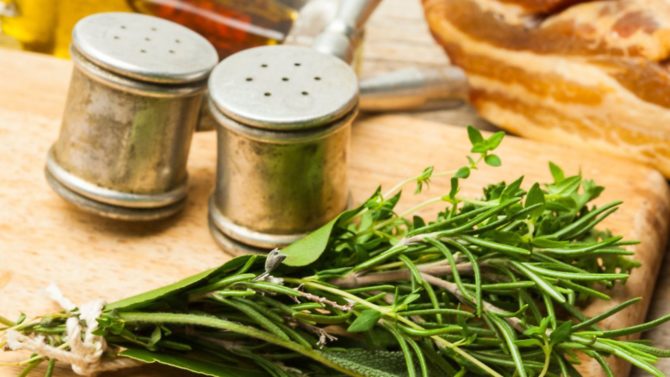14 French culinary terms explained


Find your way around the kitchen en français with these French culinary terms

Allumette – vegetables are cut into small thin pieces the size of matchsticks.
Bain-marie – a shallow pan of warm water used to cook dishes such as crème brûlée, which prevents curdling.

Bouquet garni – a mix of herbs tied together with string used to flavour stews and soups.
Cartouche – a lid made from a circle of parchment paper that covers the surface of a soup, sauce or stew to prevent a ‘skin’ forming and to control heat and evaporation.
Chiffonade – a knife technique used for cutting herbs and vegetables into thin strips or ribbons.

Confit – a technique of cooking food in fat at a low temperature, usually used for meat such as duck (confit de canard).
Demi-glace – the process of reducing a stock to a highly concentrated sauce.
En papillote – food (usually fish) is wrapped and cooked in parchment paper to retain moisture.
Mirepoix – a flavour base made from diced carrot, onion and celery.
Persillade – a classic mixture of chopped parsley and garlic which can also include other herbs, shallots and oil.
Roux – equal quantities of butter and plain flour cooked together to form the base of various sauces.
Sous-vide – meaning ‘under vacuum’, a method in which food is placed in a vacuum-sealed bag and cooked in a water bath at a precise temperature.
Velouté – meaning ‘velvety’, a smooth sauce made from a light stock that is thickened with a roux.
________________________________________________________________________
You might also like….
Delicious French food arrives in the UK
Share to: Facebook Twitter LinkedIn Email


